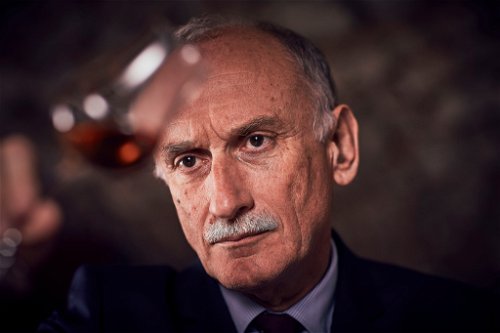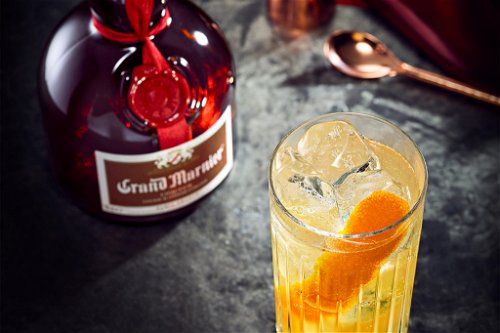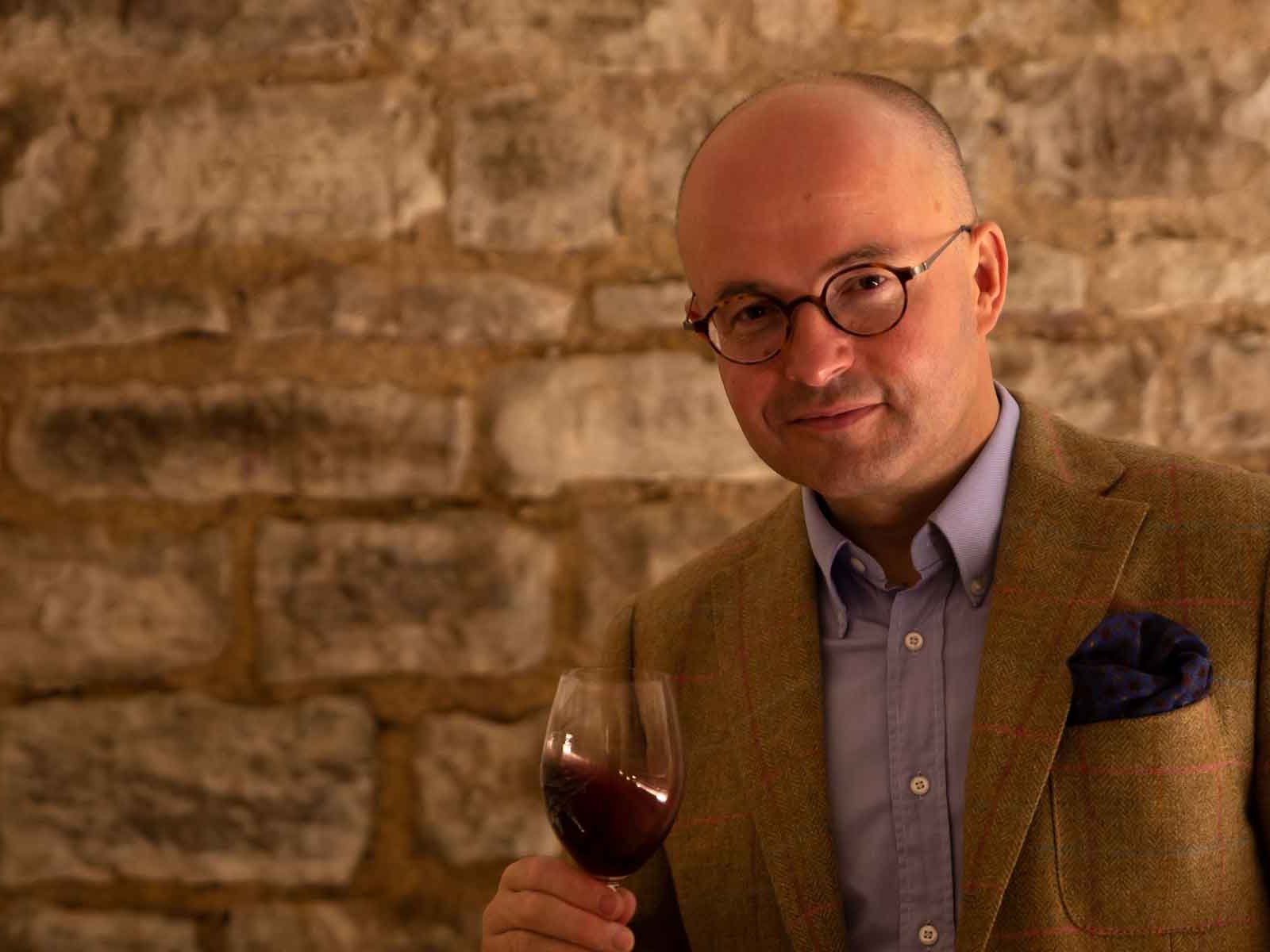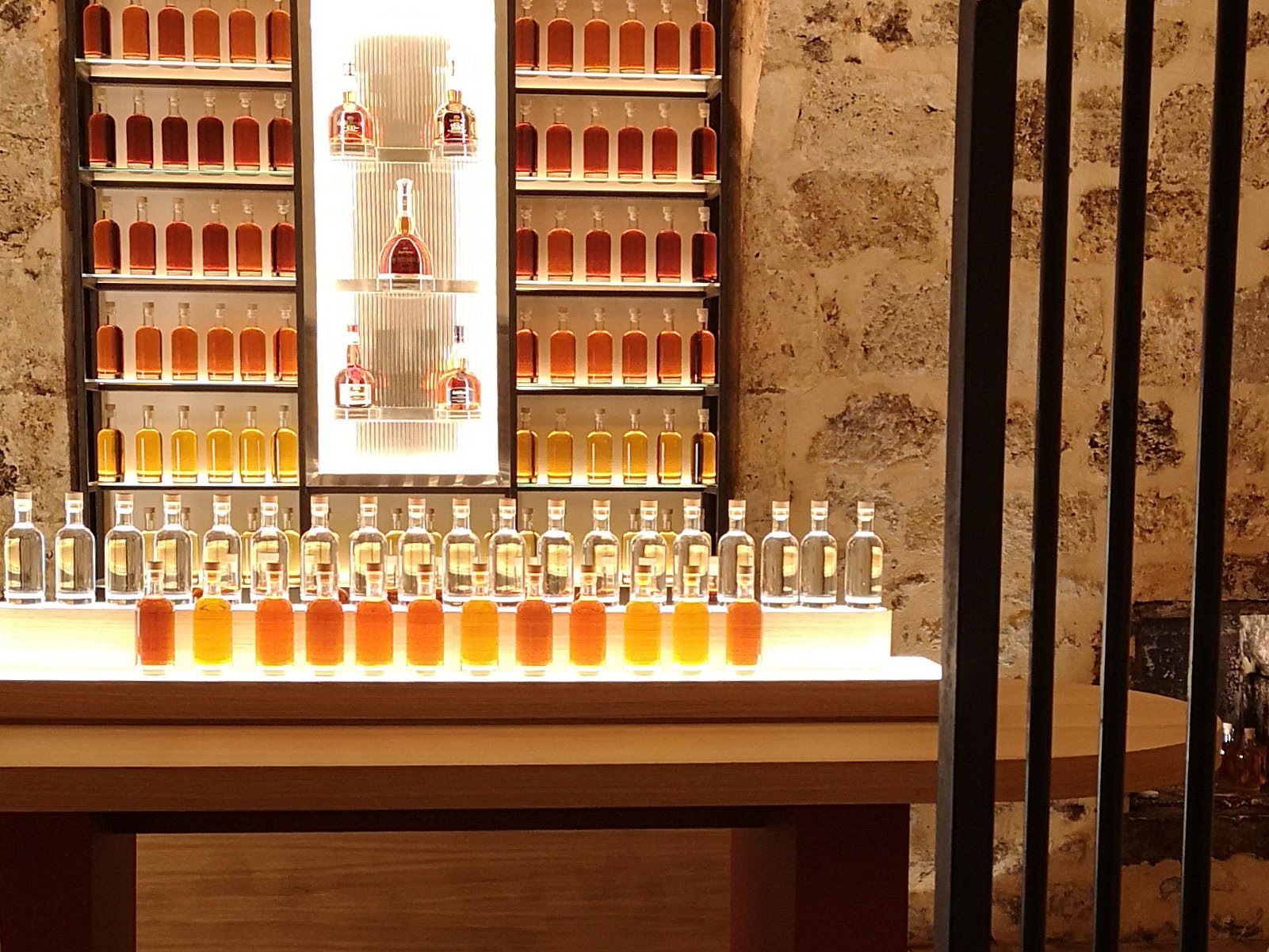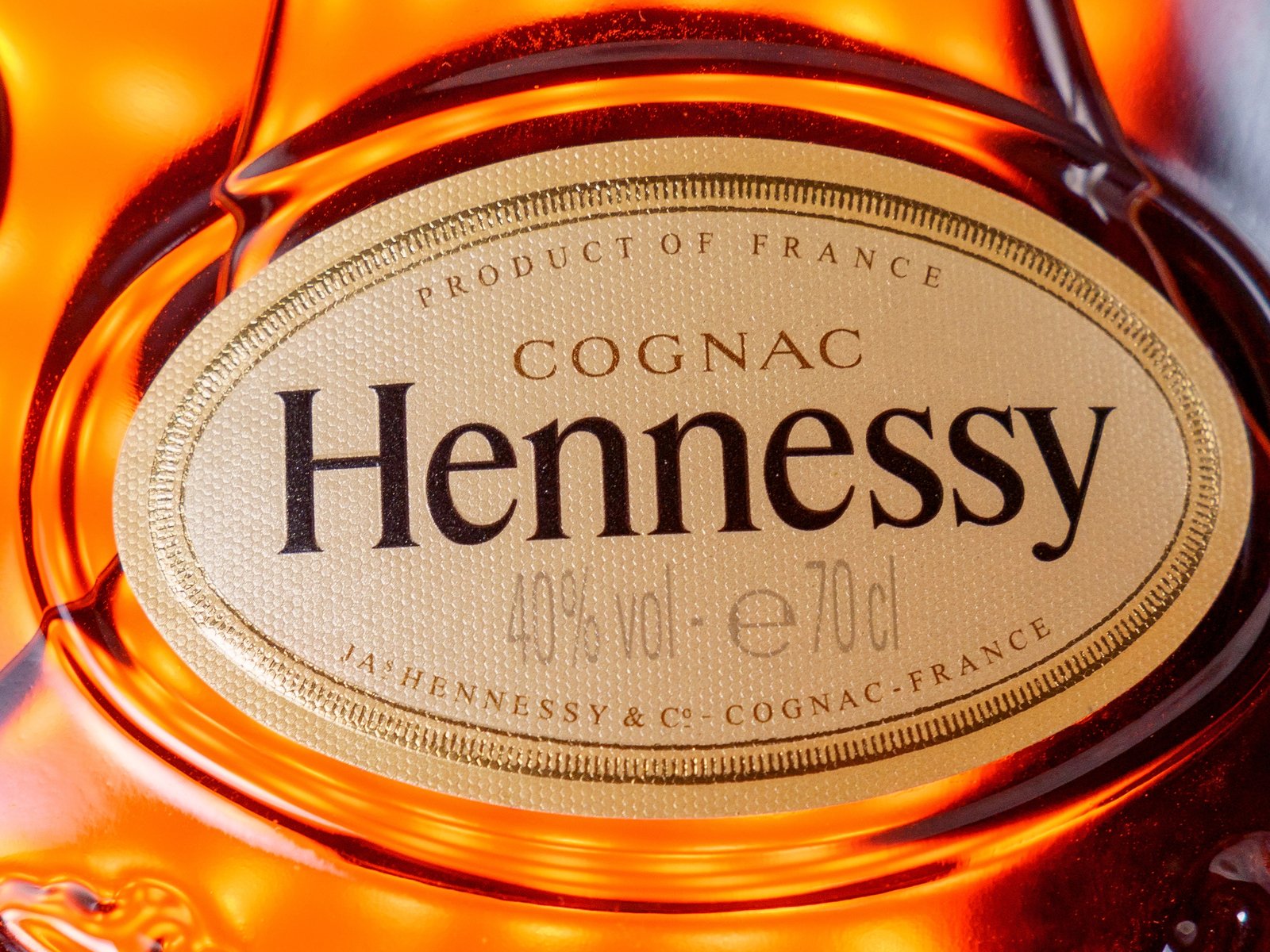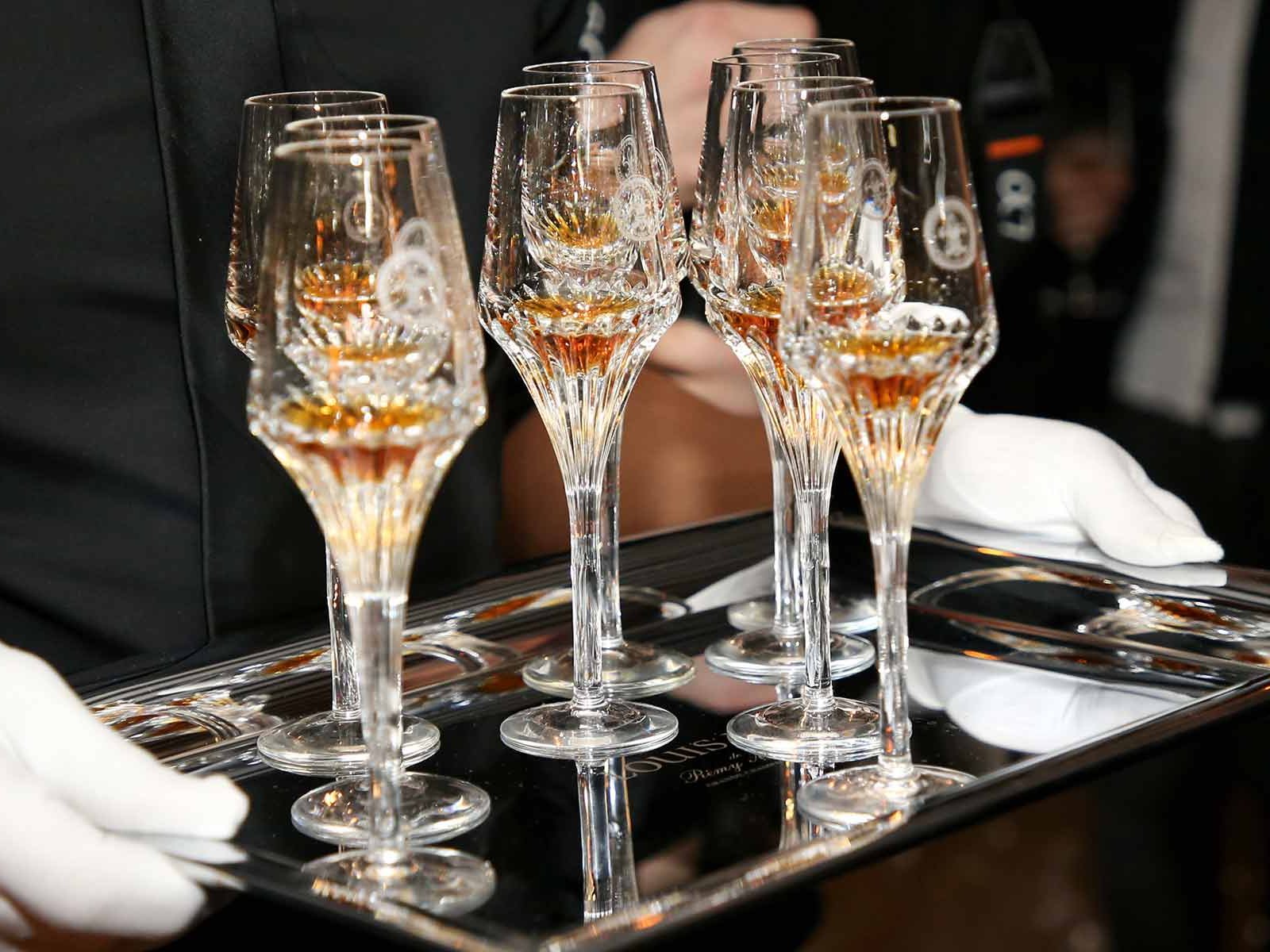Interview: Grand Marnier Master Blender Patrick Raguenaud
The Cognac expert and Grand Marnier representative talks about how his personal history and that of the brand is interwined, new challenges and old rarities and his favourite tipple.
First created in 1880 by Louis-Alexandre Marnier Lapostolle, Grand Marnier has been inspiring people with its recipe for more than 140 years. Patrick Raguenaud is the current mastermind responsible for ensuring its consistently high quality. As master blender, he has been responsible for the selection and blending of the French liqueur for 18 years – from the production of the fine Cognac and bitter orange essence to the harmonious "marriage" of the two.
As a representative of the cult brand, Raguenaud not only stands for the quality of Grand Marnier, but with his open and charismatic manner he is also trying to find ways to appeal to the next generation of drinkers.
Raguenaud's personal history is closely interwoven with both the brand and the region. Born in Jarnac, in the département of Charente-Maritime in southwestern France, he grew up in the Cognac region. Many members of his family have been active in the industry since the 17th century. The perfect background it would seem to pursue a vocation as a master blender for the brandy.
FALSTAFF: You grew up in Cognac – how much were you influenced by it or did you always want to work with Cognac?
Patrick Raguenaud: I grew up in this area and was lucky that my father and uncle already worked with Cognac. So when I was younger, the conversation topics at home always revolved around Cognac and work – so somehow I have always been involved.
It was only when I went to school later – I went to Lycée very early because we lived in the countryside and my father wanted to give me a good education – that I realised that not everything revolved around Cognac. Later, I started studying to become an engineer and the longer I was away from home, the smaller and smaller my connection became to my roots.
The big change came when I went to Martell and thus back to my home region. I started at Martell in 1990 as a master blender and was responsible for all products there, from wine and distillates to blends. For me it felt like a revolution. I was finally able to combine what I had learned before, when I was away from home, with what I live today. When you spend your whole life in the same place, you don't learn anything new, you have to outgrow yourself. That was a real life lesson for me.
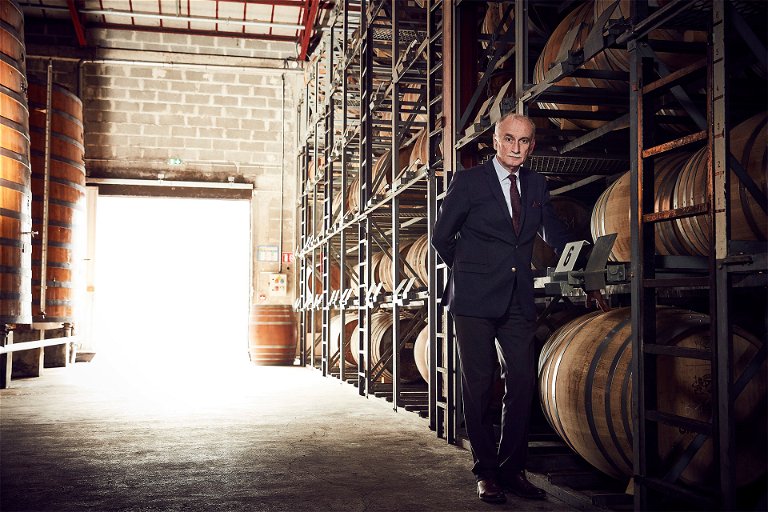
Can you remember the moment you tasted Grand Marnier for the first time?
No [laughs]. When I started working here, my first task was to understand the product. I came from the Cognac world and here I arrived in a liqueur world – that's a big difference. So I worked closely with my predecessor and we spent a lot of time "rediscovering" the liqueur – the different ingredients, flavours, character - just everything. However, I don't have a clear memory of my very first sip.
You have been working in the industry for more than three decades. Has the liqueur changed in that time? Or production techniques?
No. I found a photo in the Grand Marnier archives, I think the photo was taken at the beginning of the 20th century, in 1905 or 1904, and this photo shows orange sacks from Grand Marnier, the same orange sacks that we have here today. Some of the sacks had the word "Curaçao". This means that Grand Marnier was already sourcing its oranges from there at the beginning of the 20th century. Absolutely extraordinary! And the techniques are still the same, too. Grand Marnier really has a long, long tradition and I like that!
Grand Marnier is enjoyed in different ways, as an aperitif, digestif or in cocktails. How do you prefer to drink it?
It depends. Margarita is definitely my number one – my wife and children can attest to that. That's where I have my shaker and my ice, my lime juice – yeah, I think I'm a big margarita expert. I love it. My second favourite drink is definitely Grand Marnier Tonic. It's easy to prepare and very refreshing, especially in summer.
Which are the most interesting Grand Marnier "vintages" from your point of view?
Well, the liqueur we make is actually the same every year. So we don't have a vintage policy with Grand Marnier. Of course, there are subtle differences from one year to the next and it's true that some vintages are better in quality than others. But because of our expertise in distilling Cognac, this is not a problem for us. Additionally, individual vintages are balanced out during the subsequent blending – that is the key task for us, i.e. to maintain the consistency of the brand. Even after 45 years, for me blending is the heart of our business, the main task of all our jobs.
What was the oldest vintage you tasted? And what are the oldest bottles you keep in the cellar?
We have, for example, a Grand Marnier from 1875, but it's not good [laughs]. But we also have a 1906, which is excellent, as well as a 1930 – rich, round, balanced – very good. Of course, we try to preserve as many of these as possible. They are only tasted on special occasions. But when I'm in a good mood, I also like to share with good friends...
What do you think is important to attract the younger generation to the Grand Marnier brand?
I have two sons who like to drink Grand Marnier – preferably as a cocktail. I think cocktails in general are more interesting for the younger generation. But yes, we need to wipe the dust off the bottles that are on the bar shelf and we need to make Grand Marnier more attractive to the new generation – with new recipes and new communication.
The production process is very artisanal, very traditional. We are able to trace our product from the grapes and oranges to the bottle – that is unique in our time. I think that customers, even the young ones, are looking for this kind of product, for real craftsmanship – and we have that history with a strong tradition and quality in the whole production process.
The history of Grand Marnier begins when Jean Baptiste Lapostolle founded a distillery in Neauphle-le-Château in 1827. Are there already plans for a big 200-year anniversary in 2027?
This will definitely be a significant milestone for Grand Marnier. We just don't have anything to reveal yet. But there will definitely be something, yes.


